Why can’t the war be won with drones alone, and what role do assault units play in modern warfare? How…
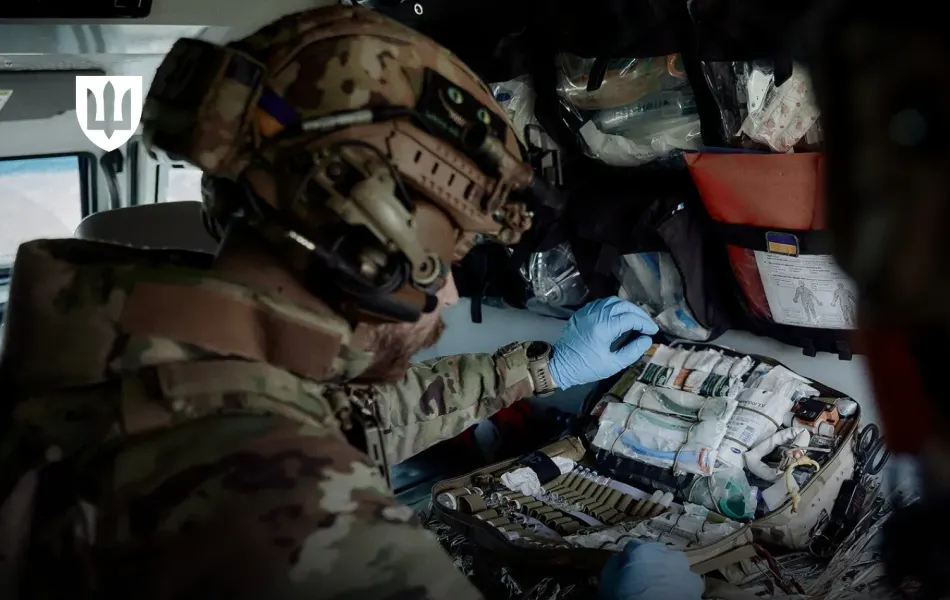
The NATO-Ukraine Joint Analysis, Training, and Education Center (JATEC), in cooperation with NATO’s Allied Command Transformation (ACT), has announced the 17th NATO Innovation Challenge on the topic: “Medical Support in Contested and Austere Operational Environments”.
This was reported by the Ministry of Defense of Ukraine.
The initiative aims to help Ukraine and NATO jointly develop effective solutions for frontline medical support, taking into account the realities of modern warfare. In particular, it focuses on providing prolonged field care and casualty evacuation within an 8-kilometer kill zone, where enemy reconnaissance constantly operates and drone and artillery strikes complicate evacuation efforts.
The JATEC team initiated the competition to identify practical solutions that can ensure the survival of the wounded and enable safe movement under constant enemy threat.
The key development areas include: practical concepts, systems, or integrated architectures for medical stabilization, concealment of movement, communications, and evacuation of the wounded in complex combat environments.
JATEC and NATO ACT invite defense companies from NATO member states and Ukraine, as well as academic institutions, to participate in the competition
The deadline for applications is November 16, 2025.
Finalists will be announced on November 21, and the public defense and demonstration of selected solutions will take place on December 5 in London.
Selected finalists will present their solutions before a panel of NATO and Ukrainian experts, national representatives, operational users, and observers.
Participation in the competition offers an opportunity to engage with NATO’s Allied Command Transformation Headquarters and JATEC, within a community focused on developing solutions to support NATO’s innovation process.
Registration for participation is available.
The Request for Innovation Participation (RFIP) from NATO’s Allied Command Transformation is available.
The previous NATO Innovation Challenge was dedicated to countering FPV drones using fiber-optic technology.
@armyinformcomua
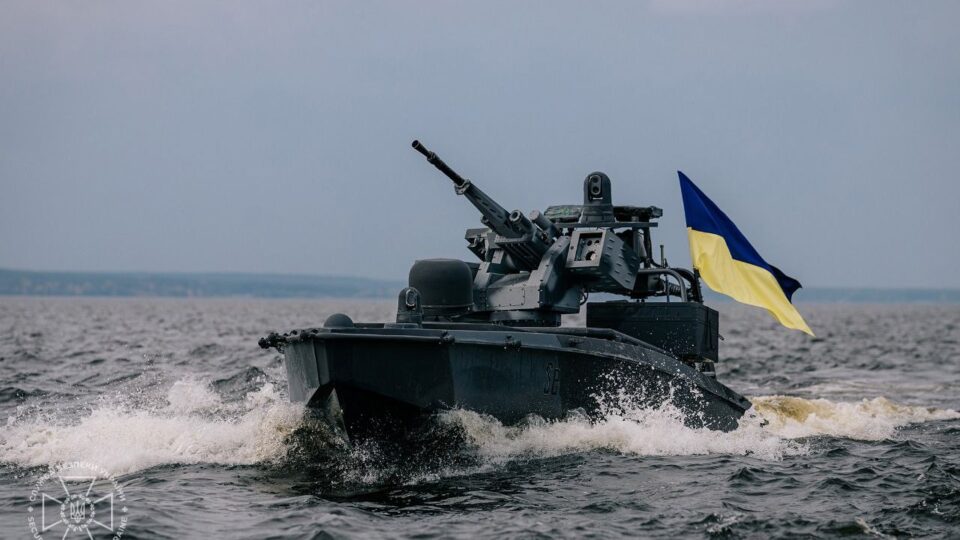
The Security Service of Ukraine (SSU) has presented a new generation of its legendary Sea Baby naval drones, now equipped with 10-round Grad multiple launch rocket systems (MLRS) and capable of carrying up to 2,000 kilograms of payload over a distance of more than 1,500 kilometers.
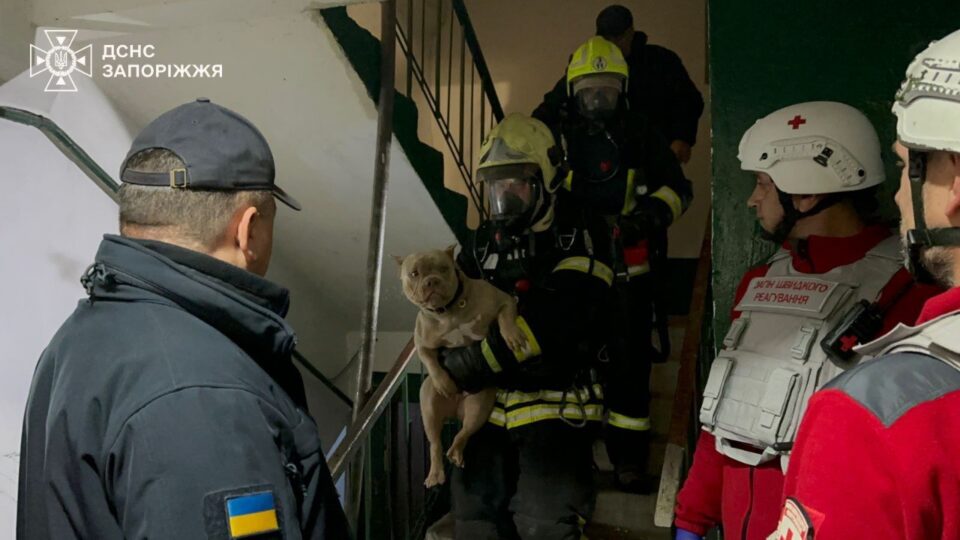
President of Ukraine Volodymyr Zelenskyy, in his statement, expressed condolences to the families and loved ones of those affected by today’s strikes by the occupiers and called on the international community to take more decisive action toward ending the war.
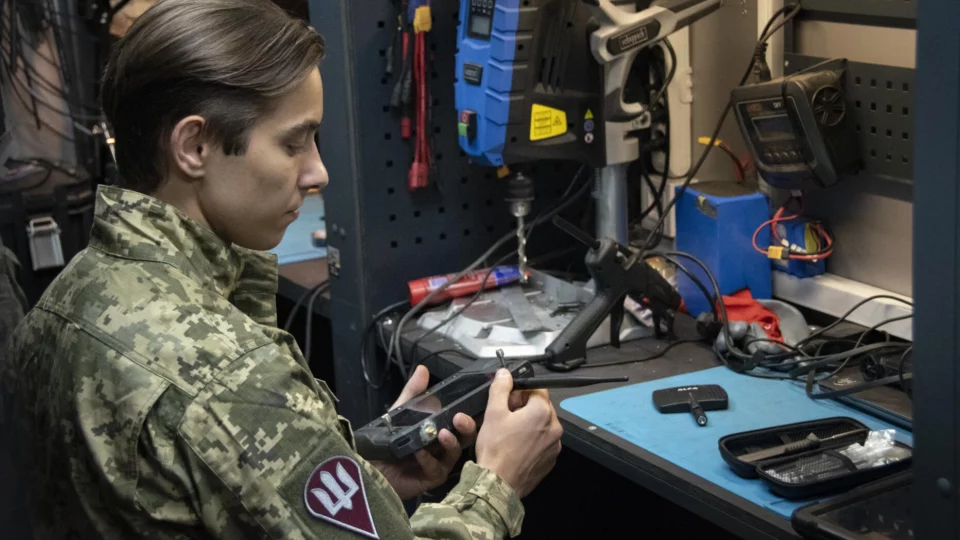
“‘Vampires’ aren’t some agro-drones — they’re UAVs born to deal death to the enemy”, says the company’s chief sergeant of heavy unmanned bombers, “Raf”.

During the night and morning of October 22, Russian occupation forces attacked Kyiv using ballistic weapons and strike drones. There are reports of dead and injured in the capital.
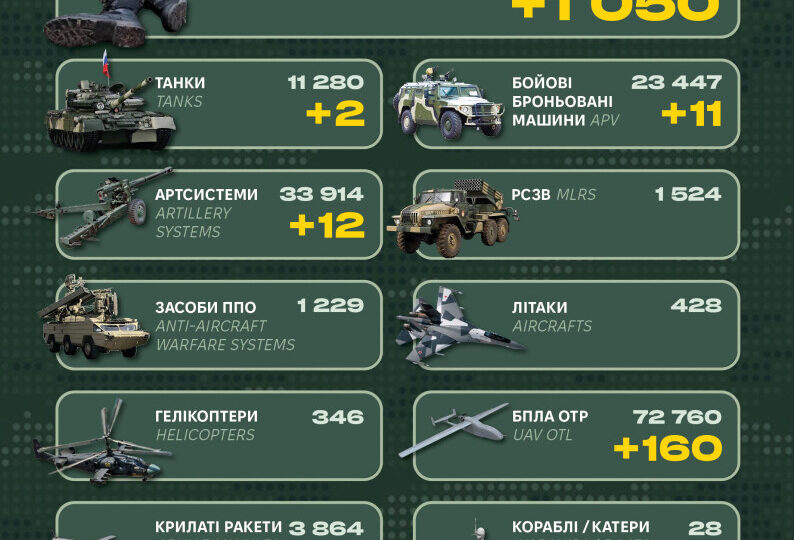
Over the past 24 hours, Russian invaders have lost 1,050 personnel and 282 units of equipment.
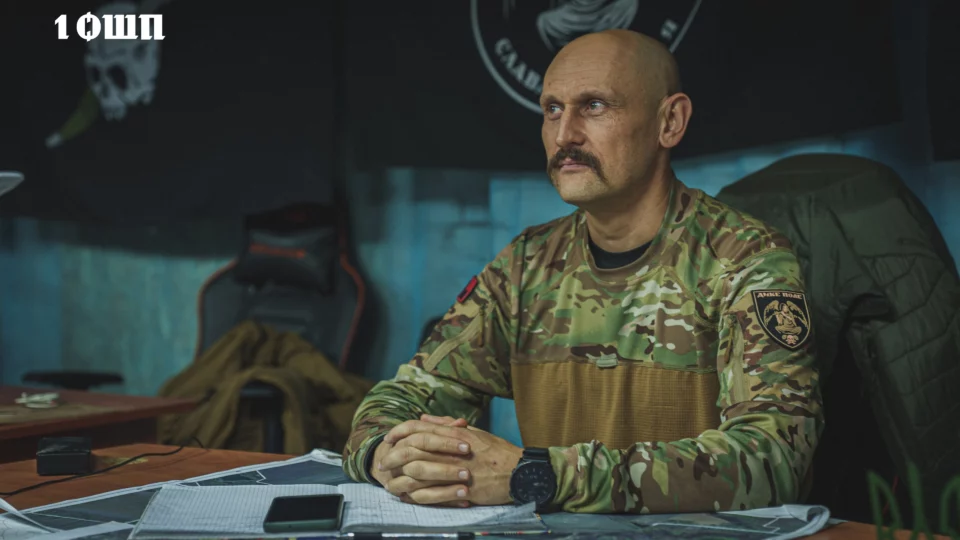
What should pay look like at the frontline and in the rear to sufficiently motivate military service?
Why can’t the war be won with drones alone, and what role do assault units play in modern warfare? How…